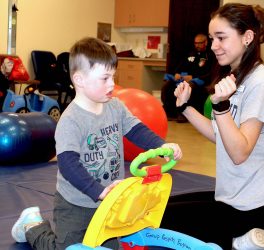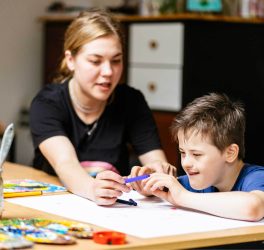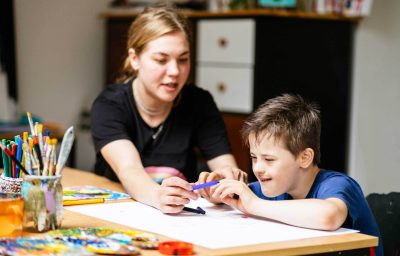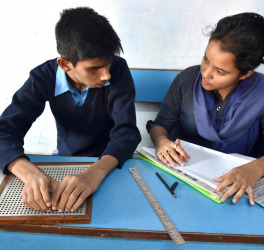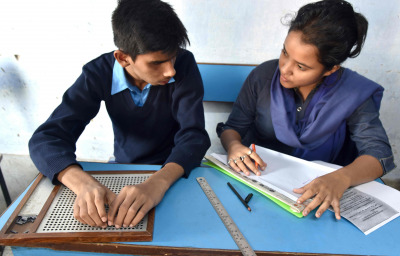
The American Foundation for the Blind (AFB) urged the Congress and the Department of Education to focus on students who are blind or have low vision should have the same educational opportunities and programs as their peers without disabilities.
With the passage of the $2.2 trillion relief package on March 27, the U.S. Department of Education now has the ability to either support that opportunity, or undermine it by recommending waivers of the two laws that protect students’ civil rights. AFB urges Congress and the Department of Education to focus on providing states, school districts, and schools with the full capacity they need to serve children with disabilities during the COVID-19 pandemic, not on waiving educational rights.
Along with the Rehabilitation Act of 1973, the Individuals with Disabilities Education Act (IDEA) is a federal law that makes available a free appropriate public education to children with disabilities and ensures special education and related services. In the law, Congress states: Disability is a natural part of the human experience and in no way diminishes the right of individuals to participate in or contribute to society. Improving educational results for children with disabilities is an essential element of our national policy of ensuring equality of opportunity, full participation, independent living, and economic self-sufficiency for individuals with disabilities.
“Blind and low vision students need access to education as much as any other student,” said Stacy Cervenka, AFB Director of Public Policy. “These students need to keep up with their reading and math skills, so they are prepared when school begins again. They also need to maintain their skills in orientation and mobility (O&M), braille, adaptive technology, and daily living skills. Many of these students already face barriers related to low expectations and inaccessibility of classroom materials. Allowing them to fall behind their classmates will only create one more needless barrier.”

